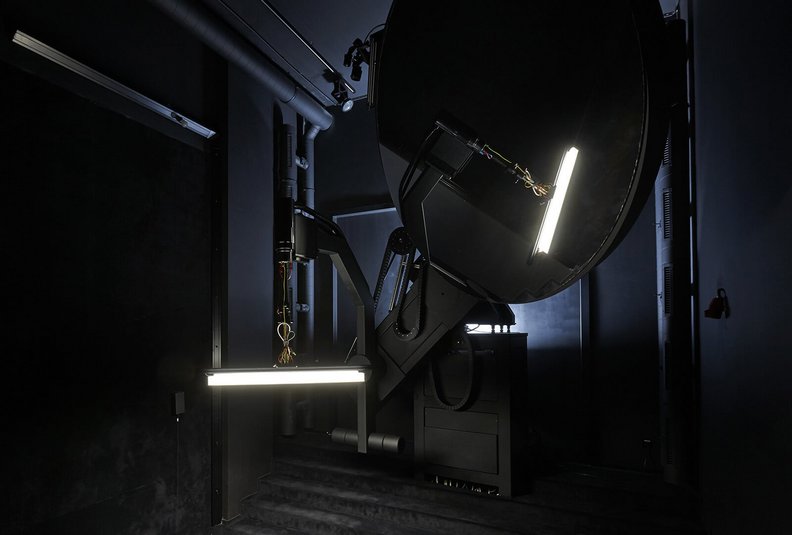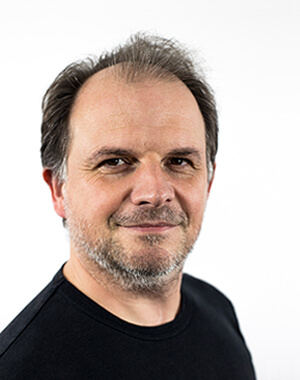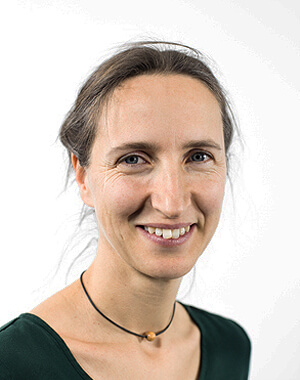Photometric Laboratory
We validate your lighting competence parameters and reveal how your products perform in real life. With our precision instruments we can determine all photometric parameters. We always keep our laboratory up to date with the latest technological developments. Our quality management ensures the highest degree of accuracy and reproducibility in operation.
Price list
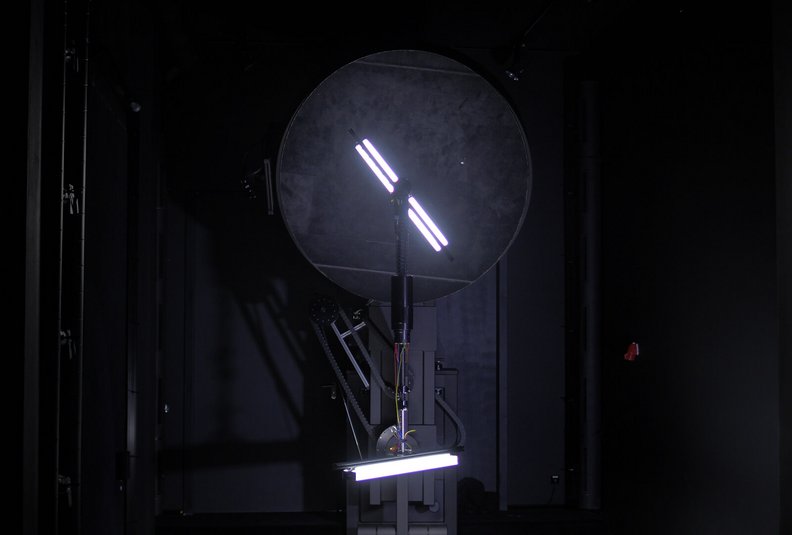
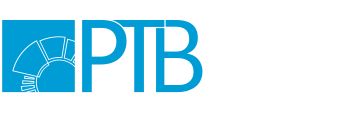
Quality Management
The core of our photometry is the complete metrological traceability to the nationally as well as internationally valid luminous intensity standard of the PTB.
Accreditation
Our lighting laboratory has already implemented a quality management according to DIN EN ISO/IEC 17025 in 1998. Thereby, we operate the first accredited and manufacturer-independent lighting laboratory in Germany.
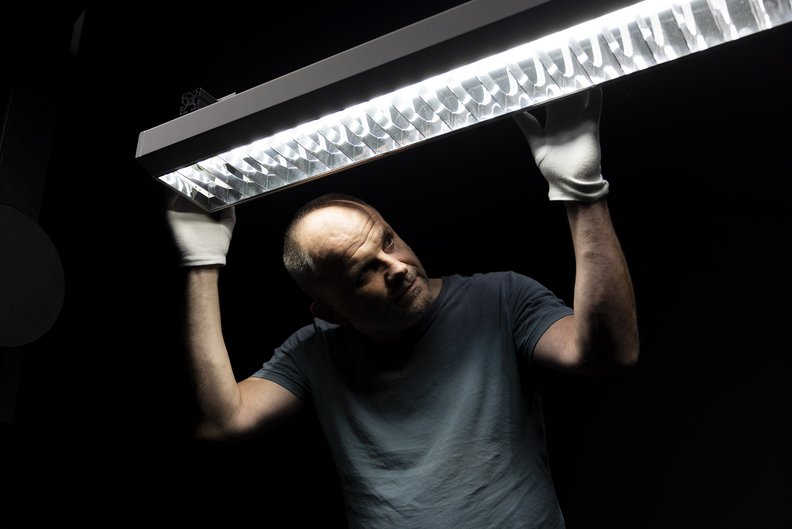
Our services
Lamp luminous flux
We measure any light source up to a power of 1000W and guarantee the highest precision.
- We ensure operation on the appropriate operating device.
- We ensure measurement preparation in the correct burn-in.
- We guarantee highest precision, our measurement uncertainty (with k = 2) is max. ± 5.0 % depending on the light source.
As a result you will receive
- a detailed measurement report with the actual luminous flux (lm)
- the specification of the electrical operating parameters
- on request, also the classification of energy efficiency according to EU Directive 98/11/EC, which is mandatory for "lamps for household applications" and must be shown on the lamp by means of an energy label.
Reflectance or transmittance
We determine the diffuse reflection or transmission of any material (DIN 5036-3).
We use standard illuminant A (2850 K) or daylight D65 as a reference light source. You will receive our measurement report as a result.
Luminosity distribution
We measure the radiation characteristics of all luminaire types and create the light distribution curve (LVK).
We measure the radiation characteristics of all luminaire types:
- Surface-mounted luminaires
- Recessed luminaires
- Pendant lights
- Wall lights
- Floor lamps
- Table lights
- Ground recessed luminaires
- Street lights
- Flush-mounted luminaires according to ICAO
- Traffic signal luminaires
- Hand luminaires
As a result you will receive:
- the measurement report with the luminous intensity distribution curve (LVK). The measurement uncertainty (with k = 2) is max. ± 8.0 %, depending on the lamp.
- the luminaire light output ratio (only for relative measurements).
- the electrical operating parameters current, voltage and power.
- the photometric data in digital form, usually in the file format .LDT, on request also in any other photometric file format, e.g. .IES, .TM14, .LTLI.
If you have the same luminaire measured with different optical elements, you benefit from our favourable prices for follow-up measurements.
Reflectance or transmittance, angle-dependent
We measure angle-dependent reflectance or transmittance for eight angles per sample.
Frequently asked questions
What does the measurement environment look like?
We carry out all measurements under standard conditions (according to EN 13032).
- Ambient temperature 25° C ± 1°C
- Mains voltage 230 V / 50 Hz
- Air movement max. 0.1 m/s
How is the laboratory equipped?
We have precision measuring equipment for all photometric quantities:
- Rotating mirror gonio photometer with 4.50 m, 11.00 m, 18.00 m and 25.00 m measuring distance
- Luminaire turner gonio photometer with 12.00 m measuring distance
- Sphere photometer with 3.00 m diameter
- Sphere photometer with 1.25 m diameter
- Optical bench with 6.00 m length
- Mobile precision measuring instruments for illuminance and luminance
- Image-resolving luminance camera
Do you determine colour-relevant data?
We also determine all colour-relevant data within the visible range (380 - 780 nm) for any light source:
- Spectral radiation distribution
- General colour rendering index Ra (according to DIN 6169 and CIE 1996)
- Special colour rendering indices
- Chromaticity coordinates (x and y coordinates in CIE colour space)
- Most similar colour temperature in Kelvin [K]
- Dominant wavelength and colour saturation
Contact
We need your feedback
Your experience is important to us so that we can continue to improve our service. In a short survey you can tell us what you liked and what we can improve.

